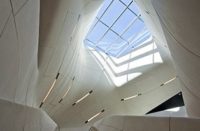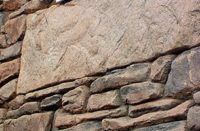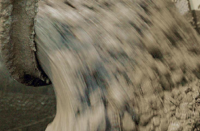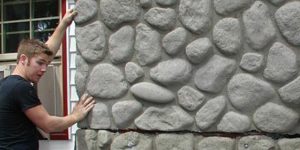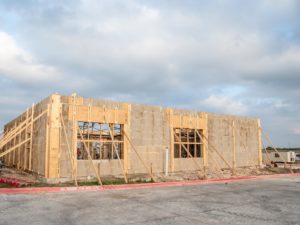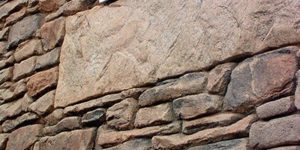
In July, Neal and Linda Anderson moved into their Oregon Coast dream home — again.
Just a little over three months after they first moved into their new home in Neskowin, Ore., a fire burned through the home’s garage, attic and roof. But it didn’t completely destroy the house or its contents, because the couple had chosen to build a concrete house using ICFs (insulating concrete forms).
The home was built from plans for a model home that the Andersons bought in 1986 in Spokane, Wash. The original house won a top award for energy-efficiency and was built partially in the ground to conserve energy and save on heating and cooling costs.
“The Andersons wanted to capture the insulating factor of the soil against the concrete walls. We couldn’t recommend setting a house in the ground, so we suggested using Reward ICFs,” said Larry Bilyeu of Bilyeu Homes in Salem, Ore. The soil in western Oregon is too wet for earthen berm construction, according to Bilyeu.

In September 2005, a fire started in a trashcan in the garage, slowly spreading into the ceiling and attic of the home. The concrete walls held up the roof over the house and they did not burn. The fire was contained in the garage, an office at the back of the house (which did not have concrete walls) and the attic. According to Mary Lou Fletcher, the fire marshal in Pacific City, Ore., the walls kept the fire in the garage area until it found a weak spot in the ceiling of the garage. The flames worked their way into the attic and then down into the office at the back of the house. While the polystyrene foam on the concrete walls melted as the fire worked its way into the attic, it did not burn.
“Any other house would have burned to the ground,” Fletcher said. “When there is a fire in this remote an area, we concentrate on protecting the surrounding houses, because by the time we get to the scene, the frame houses are gone. But in this case, there were plastic flowers in the front of the house that didn’t even melt.”
“I built with ICFs the first time for their energy efficiency,” Anderson said. “I wasn’t even thinking about fire. There is no doubt in my mind that they saved our house, and may have saved our lives. And, we were able to save all our furniture, clothing, jewelry and photographs.”

American Restoration Company of Salem, Ore., completed the restoration of the house. John Stoddard, president of American Restoration, said his crews were able to save the concrete walls and floor joists. Foam insulation was sprayed on the walls and furring strips were attached to support sheetrock and siding.
Reward Wall Systems is the first ICF manufacturing company to earn noncombustible construction building code approval. When burning, the materials have less than half the toxins of burning wood (pine), and the walls have superior fire ratings.
“Reward structures are widely known for their safety in tornadoes and hurricanes,” said Kelvin Doerr, P.E. Reward Wall Systems’ vice president of engineering and technical services. “Of equal importance is safety in case of fire.”
Located in Omaha, Neb., for the past 18 years, Reward Wall Systems Inc. is a leading manufacturer and distributor of insulating concrete forms used in residential and commercial structures. To learn more, visit www. rewardwalls.com.
